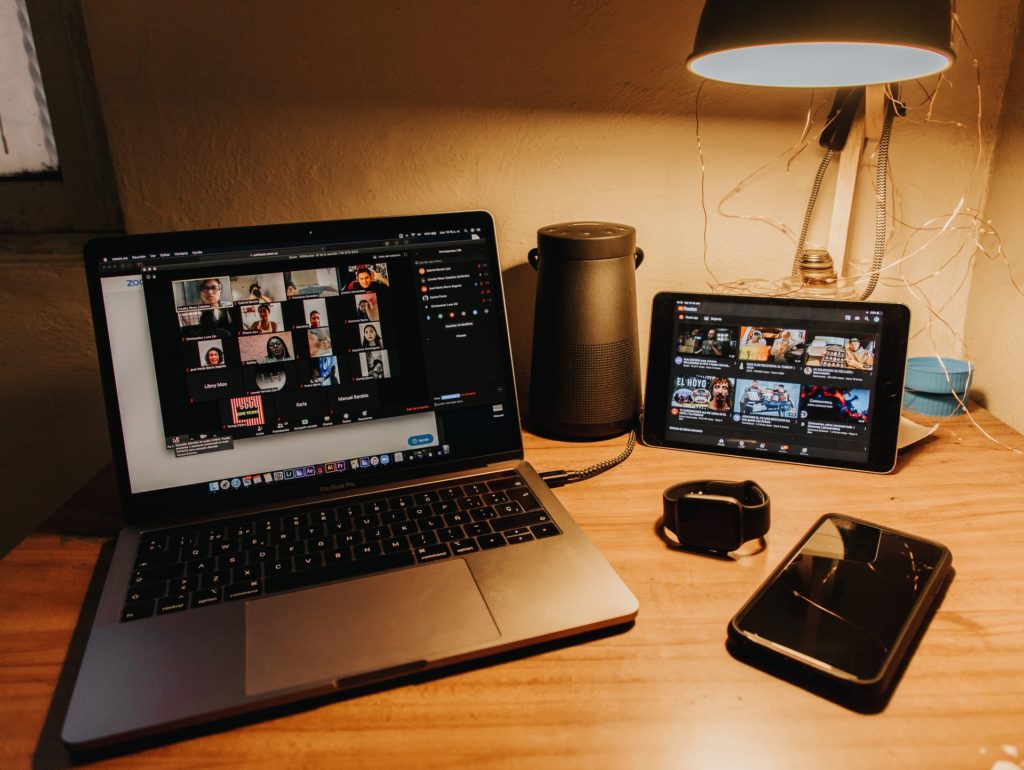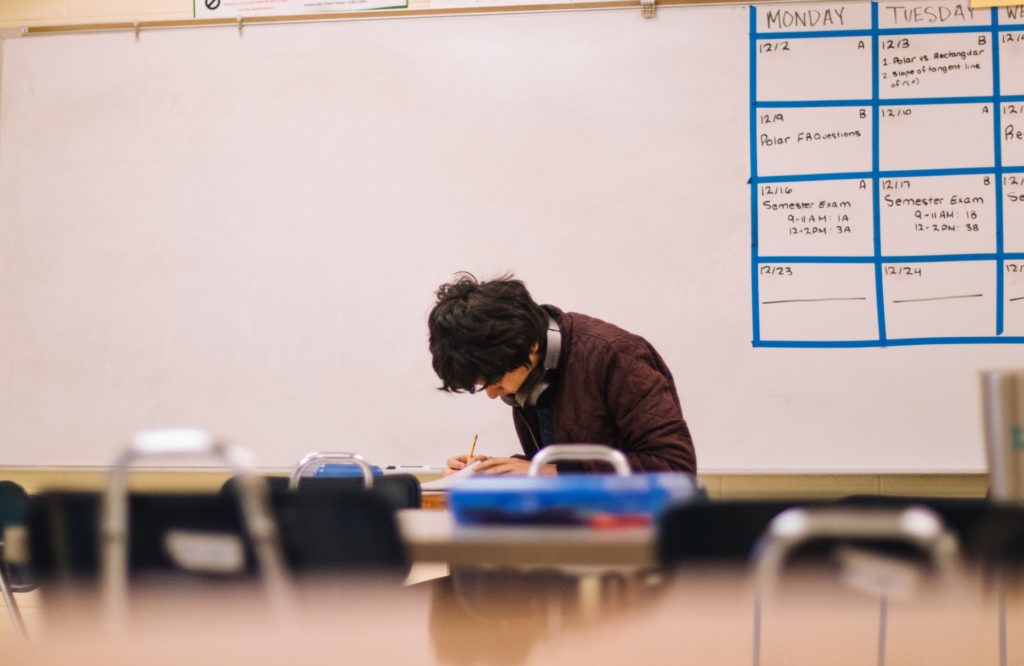In 2020, the phrase “online classes” was used all over the globe as more students and teachers had to transition from in-person to virtual classes. Since the coronavirus pandemic hit most countries, the smartest option was to keep everyone safe by switching to online learning. In many countries, schools immediately made this pivot without disrupting students’ learning. Although virtual classes still remain in some countries, they will likely return to in-person in the near future.
It’s no secret that schools around the country experienced problems when transitioning to full-time online learning, which is not a common practice. While technology makes life less complicated and comes with benefits, there’s no replacement for interacting with other people. Currently, incorporating computers or technological devices in class also benefits students. Keep reading to discover more about returning to in-person classes.
Pros and Cons of Virtual Classes

Virtual schooling may seem more comfortable because students don’t have to commute to school every day and have more flexibility to do other tasks. The ability to attend classes without leaving their rooms or rewatching the recordings of a class invites a sense of relief. Additionally, students feel more confident to ask questions when the camera is off.
Another benefit is that older students can perform other activities. Having extra income while being a college student to cover basic expenses or loans can be overwhelming. There are times when financial needs arise, so it becomes inevitable for students to look for a part-time job. However, virtual classes have proven to be a practical solution even after the pandemic ends.
Despite their benefits, virtual classes come with significant challenges to overcome. Apart from internet connectivity issues, students are more responsible for their learning. They have to be autonomous and self-disciplined to learn on their own, especially when the lesson is based on reviewing materials in a PDF.
If truth be told, online classes will remain an option for many learners for years to come. Discover more disadvantages and advantages of virtual learning here.
Pros and Cons of Face-to-Face Classes

Even though virtual classes have been helpful to keep teaching students, they can’t easily replace in-person learning. Being around classmates to socialize and ask questions has health benefits. Plus, the classroom is a place where different personalities interact so that students get to know each other and develop social skills.
Apart from this, in a classroom, students are challenged to find information or solve problems using their books or knowledge that was previously acquired. This creates independent learners. Virtual learning impedes this process because it aims to resolve issues in a couple of minutes with a computer and access to a browser.
When comparing the two styles, face-to-face classes seem to be more expensive. Students usually buy textbooks or extra materials to reinforce what they have reviewed in their classes. Also, the schedule might not fit with your job and cause them to give up on one.
What’s next?
Returning to classes will, at some point, become a reality. Your student’s previous school routine, before the pandemic started, will likely continue soon. Being prepared for this transition can help your learner succeed academically. Do you prefer virtual or in-person learning?

Takeaway
Learning is a unique experience for each person because you can meet new people and shape your future. During a person’s lifetime, there are few moments when in-person classes are interrupted because of a global emergency. As humans, we’re always looking for ways to keep expanding our knowledge and adapt to new environments.
